According to a Reuters poll in June 7-12 period over 100 economists, consensus is that Fed will hold interest rates at current 2.25-2.50% this year. However, median from a smaller sample showed 55% of one Fed cut this year, 40% for two. The median chance of a recession in the next 12 months increased slightly by 5% to 30%. But the range from 10% to 80% is huge. For the next two years, median chance stood at 40%, with range from 10% to 90%.
Opinions are divided as some point out that concerns are mainly on the risks to economic outlook, rather than the outlook. And the risks and uncertainty could turn out to be a lot weaker. Fed’s decision remain data dependent and some strong numbers could push out a possible July rate cut. Meanwhile Fed could resume rate hikes next year should the risks not materialize.
However, the probability of a recession has risen due to trade tensions. The next round of tariffs against China is the “big, big concern”. Some expected recession in second half of 2020 and an insurance rate cut by Fed is seen as not enough in this case. Fed could be forced to start a full blown cutting cycle next year.




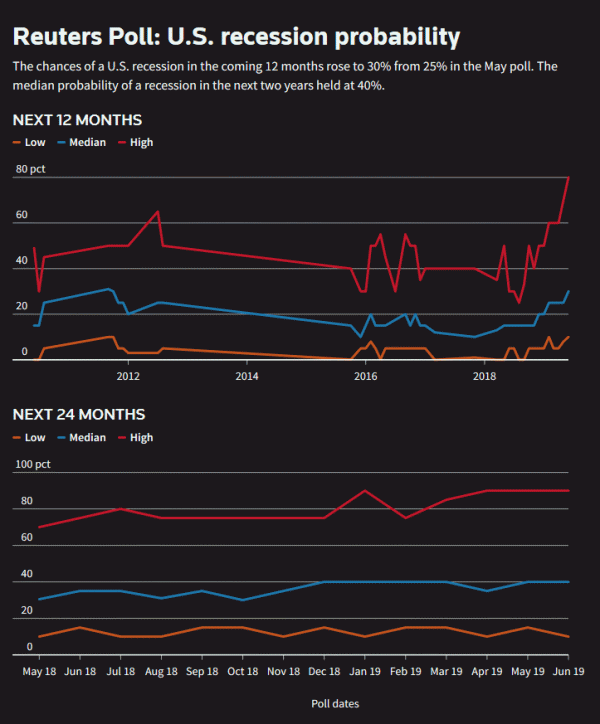
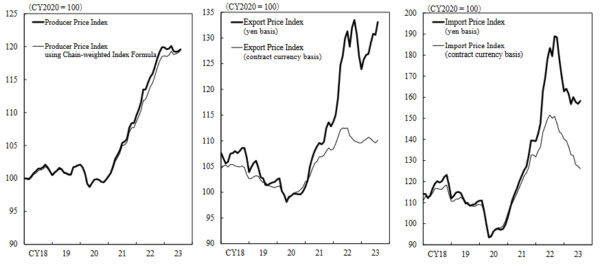
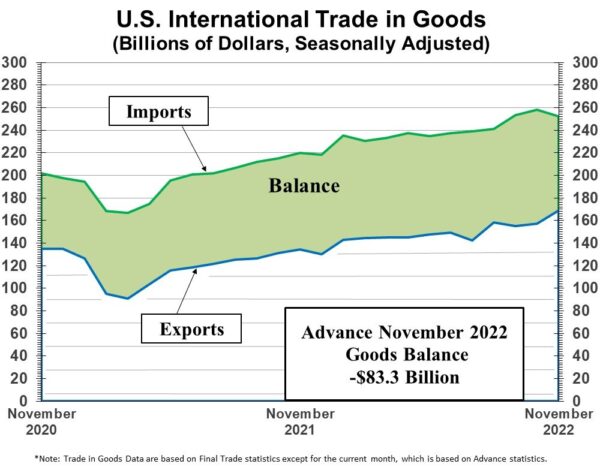
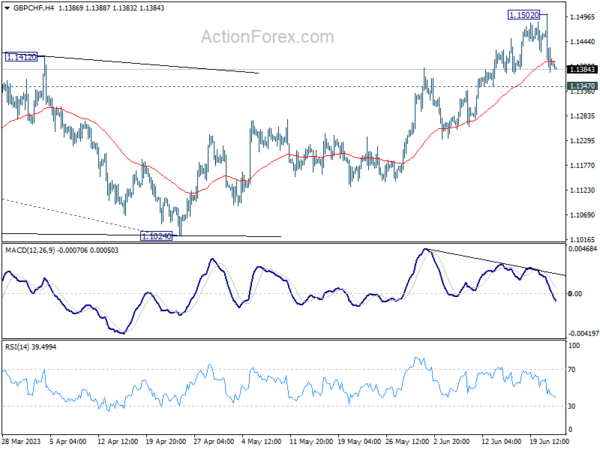
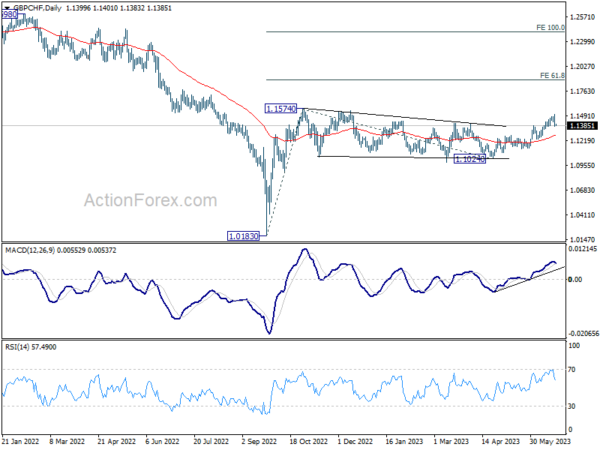
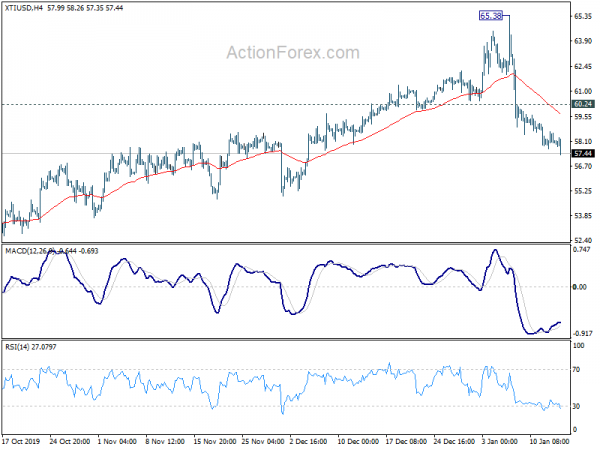
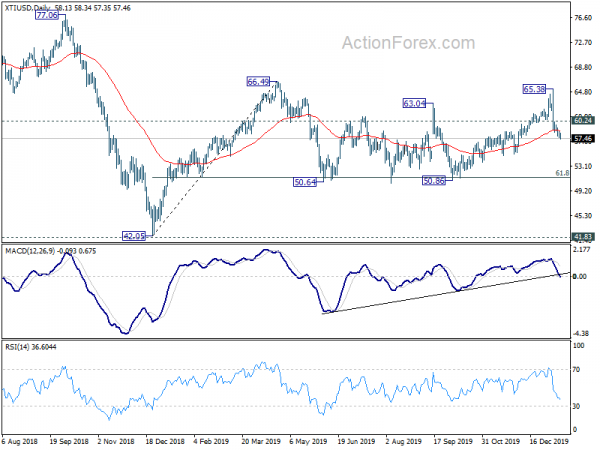

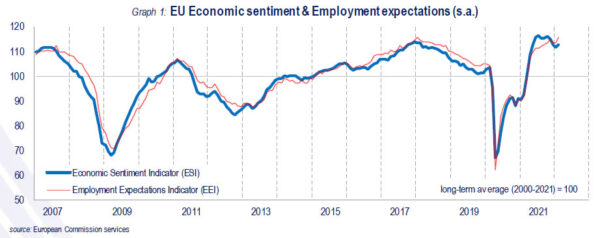
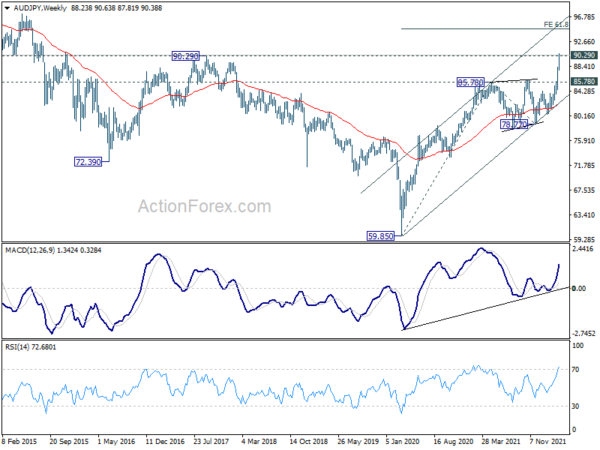
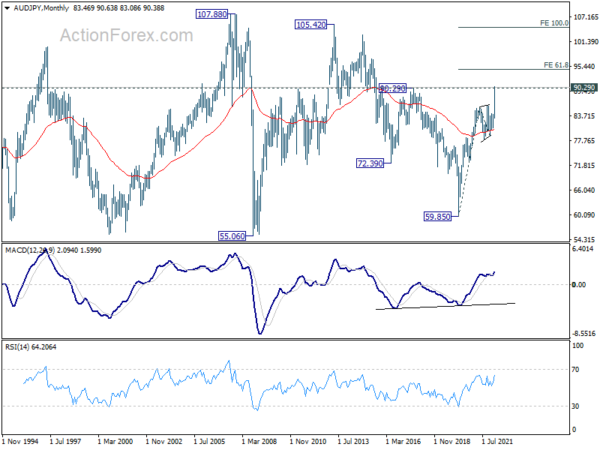
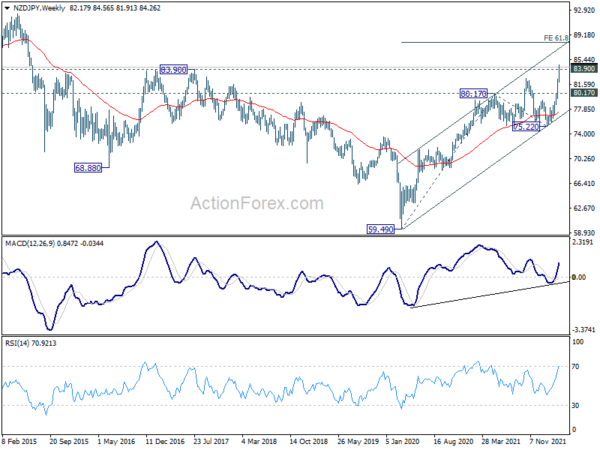

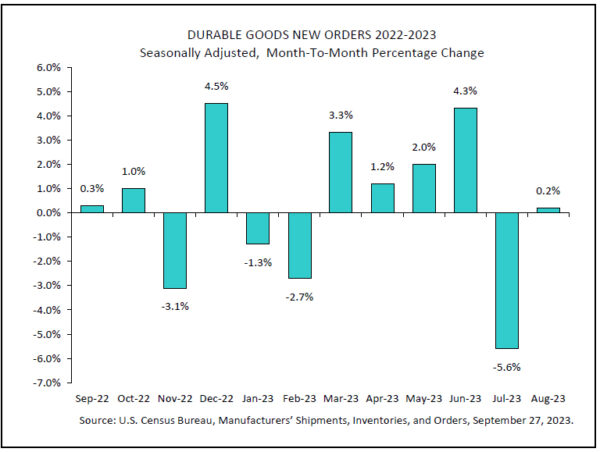
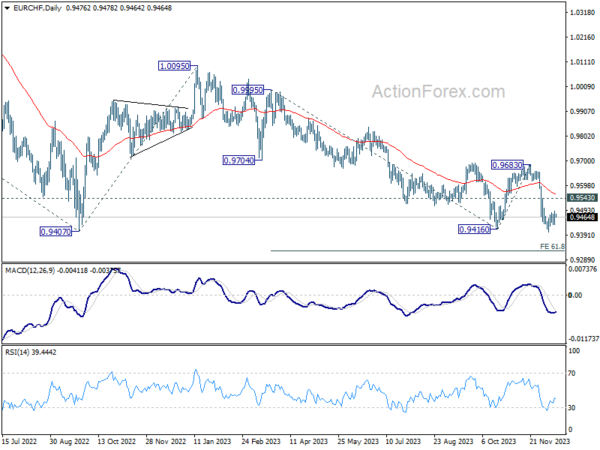
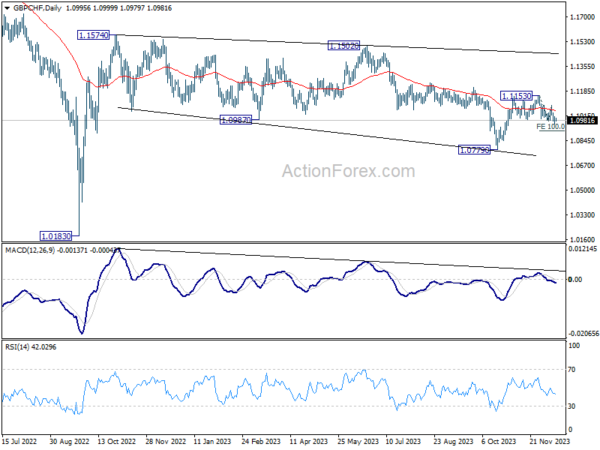
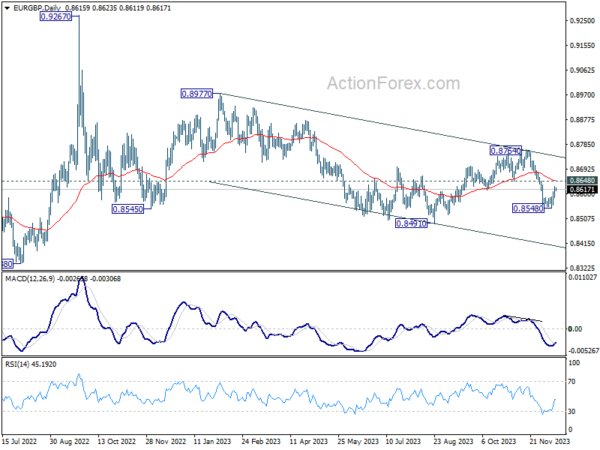
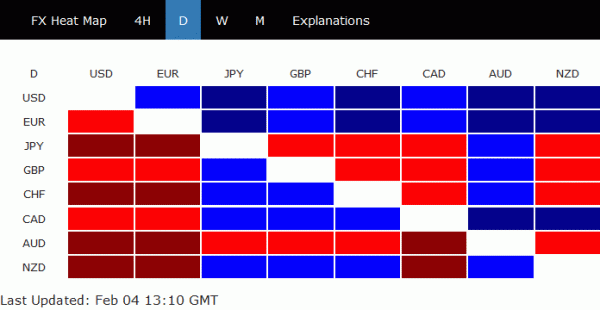
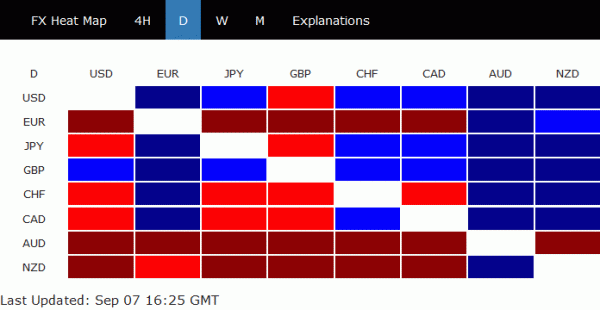
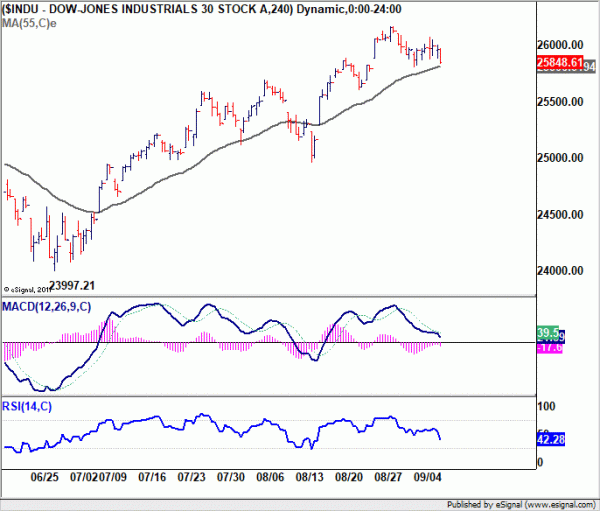
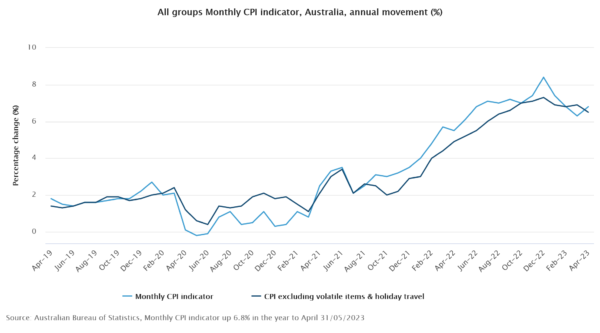

BoE Mann: Monetary policy needs to keep inflation expectations anchored
BoE MPC member Catherine Mann said in a speech that the key topics for her for the May meeting was on “how much and when the expected consumption drag (from high energy inflation) materialises”. And, “whether we start to see any indication of price forecast revisions in the DMP survey”.
“If they do, this potentially would short-circuit the expectations-formation process underpinning the domestic inflation ratchet, which has been my central concern”, she added.
However, “should the impact on aggregate demand of the energy price shock end-up being more modest than currently foreseen, should wage and price expectations and outcomes remain as strong as they currently are, and should financial markets return to being copacetic on private credit and duration risk, a reassessment of the pace of tightening would be warranted.
“Monetary policy needs to keep inflation expectations anchored; by doing so now, less tightening will be required later, when demand may still be weak”, she added.
Full speech here.